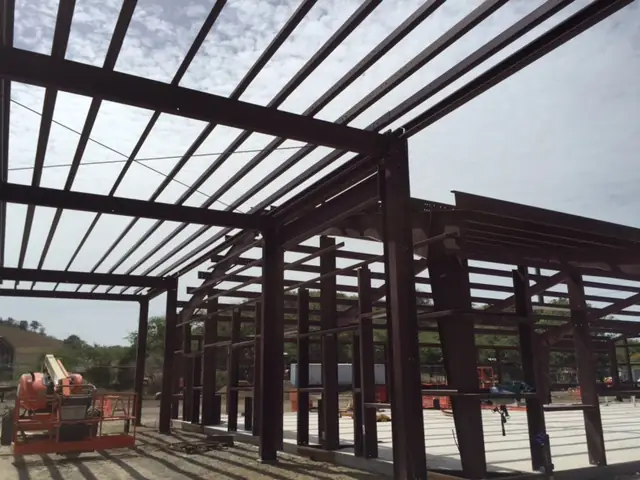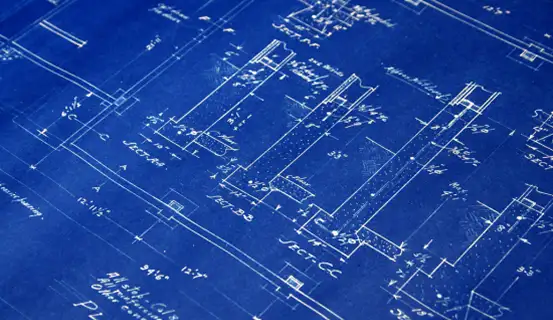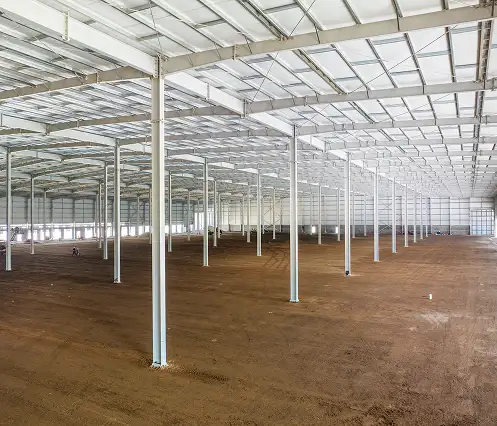
When budgeting for a pre-engineered metal building, one of the most significant cost factors is also one of the most unpredictable…steel prices. As a globally traded commodity, steel doesn’t have a fixed price tag. It rises and falls with market trends, and those changes can impact the overall cost of your steel building in a big way.
Whether you’re planning a warehouse, retail space, church, or agricultural structure, understanding how steel pricing (among other factors) influences the total cost of your building can help you make smarter decisions about when and how to move forward with your project.
The Nature of Steel Pricing
Steel is everywhere: in skyscrapers, appliances, cars, and, of course, in steel buildings. Because of its universal demand, the price of steel is influenced by global supply and demand, trade policies, labor costs, raw material availability, fuel prices, and geopolitical events. Something as distant as a strike at an overseas mill or a sudden spike in infrastructure spending can cause prices to jump almost overnight.
In other words, you don’t have control over the cost of steel, but you do have some control over when you buy it.
How Steel Prices Affect Your Building Budget
The structure of a pre-engineered metal building (PEMB) is almost entirely steel…columns, beams, rafters, panels, and fasteners. This means that fluctuations in steel prices can significantly affect your material costs, which are a major portion of your total project budget.
For example, if steel prices increase by 10%, that increase typically applies to all the steel components in your building. On a $200,000 building package, that could mean an extra $20,000 in material costs. Conversely, buying during a dip could reduce your overall spend, giving you more room in the budget for customization, insulation, or future expansions.
From Vision to Steel Structure
CURIOUS HOW IT ALL COMES TOGETHER?
Take a closer look at Allied Steel’s step-by-step design process. From initial concept through final plans and see how we turn your ideas into durable, high-performance buildings.

Timing Is Everything
If your project timeline is flexible, you may be able to take advantage of favorable market conditions. Steel prices often experience seasonal shifts, especially around the end of the fiscal year, during major construction booms, or after unexpected global events. Your building manufacturer can help you monitor these trends and advise when it might be a smart time to place your order.
Even a few weeks of waiting could mean the difference between paying peak or off-peak rates for your steel building materials.
The Role of a Trusted Metal Building Manufacturer
Not all manufacturers are equally equipped to help you navigate the steel market. A reliable steel building company will act as more than just a vendor. They’ll be a strategic partner. Experienced manufacturers stay in tune with market conditions and use their buying power to help you get the best value.
Larger, established companies often purchase steel in bulk or have long-standing relationships with mills and suppliers, which allows them to negotiate better prices. Those savings can be passed on to you, helping buffer the impact of a volatile market.
Additionally, your manufacturer should communicate openly about how market trends are affecting pricing and help you plan accordingly. If you’re considering delaying a purchase due to a cost spike, they can explain your options and help estimate the potential savings.
See Our Work In Action
From concept to completion, Allied Steel delivers results you can count on. Explore our recent projects to see the strength, precision and performance we bring to every build.

Planning for the Unexpected
While you can’t always predict when steel prices will go up or down, being aware of their impact helps you plan better. A contingency budget, built-in price flexibility, or an agreement with your supplier to lock in rates for a limited time can give you peace of mind as you move forward.
And remember: even if steel prices are high, metal buildings still offer some of the best value per square foot in the construction industry. Their durability, longevity, low maintenance needs, and energy efficiency make them a smart investment, regardless of market fluctuations.
In Summary
Steel prices are one of the biggest variables in the cost of a pre-engineered metal building, but with the right planning and a trusted partner, you can work around them. By understanding the market, staying flexible on timelines, and choosing a knowledgeable supplier, you’ll be in the best position to build cost-effectively without sacrificing quality.
Looking to start your steel building project? Talk to our team about timing your build and securing the best pricing available today.
